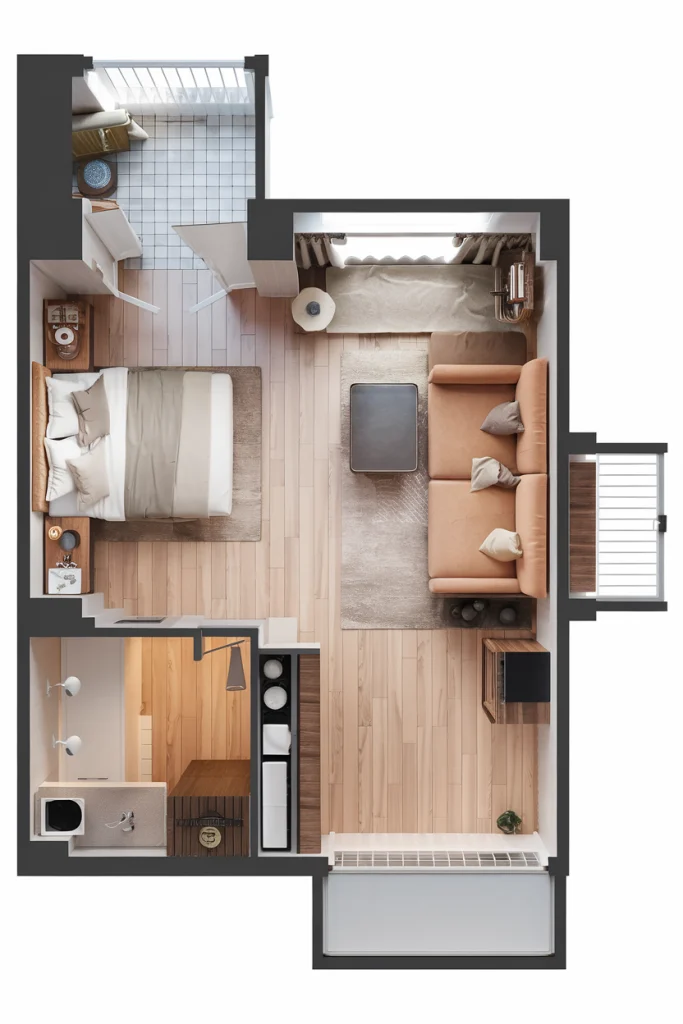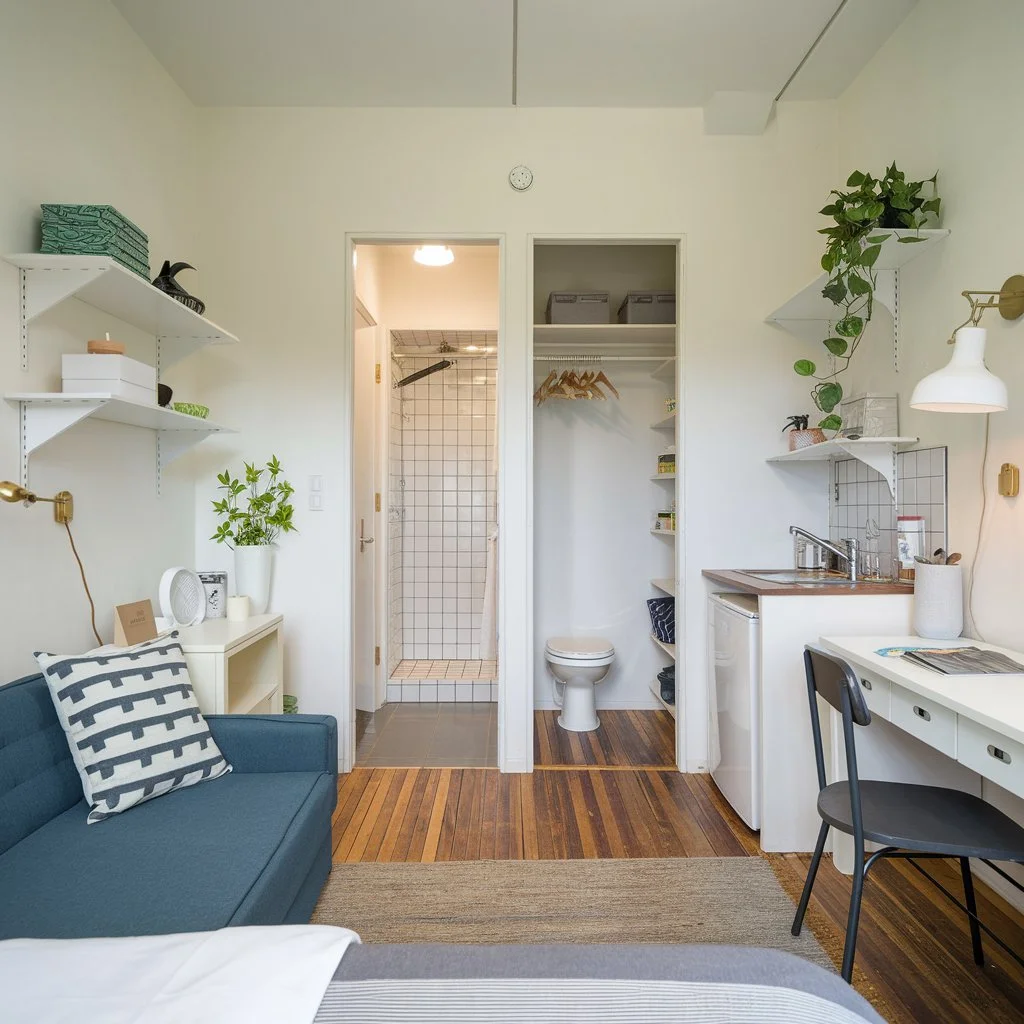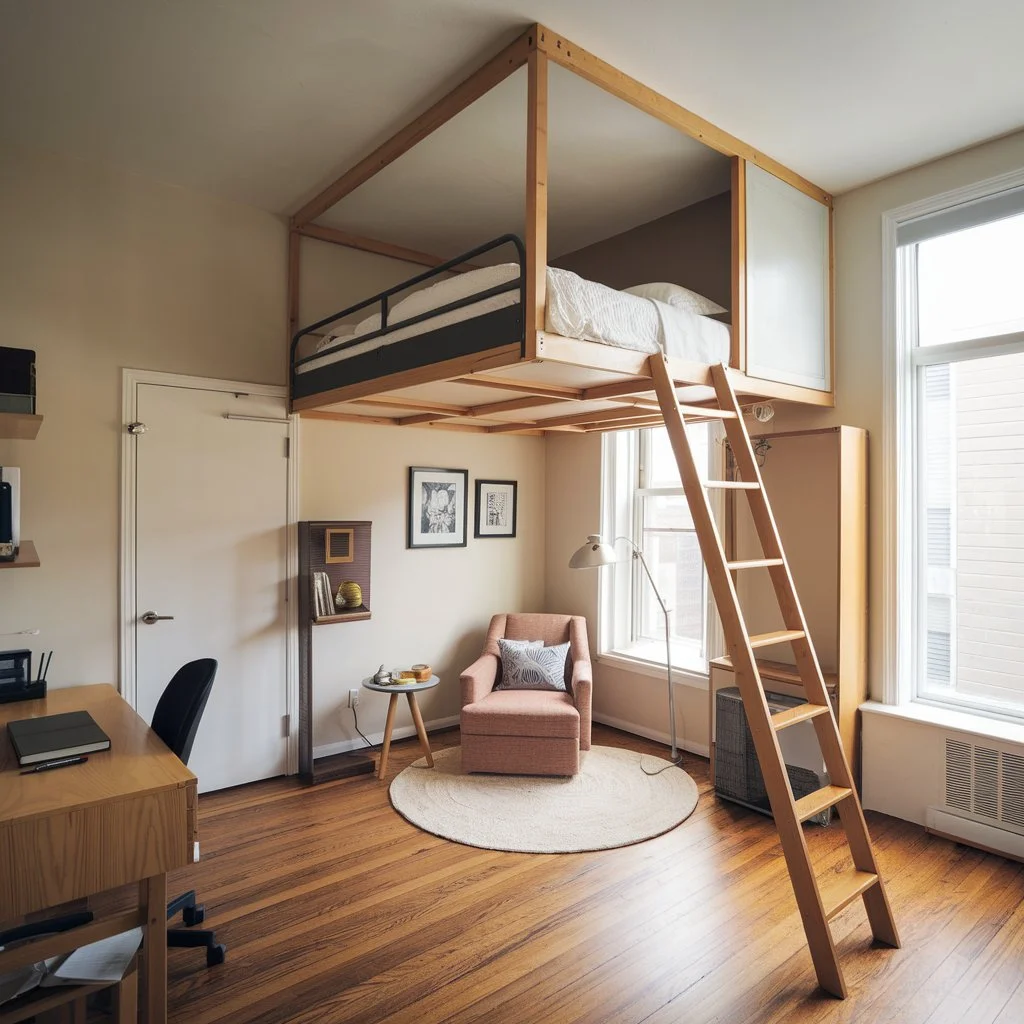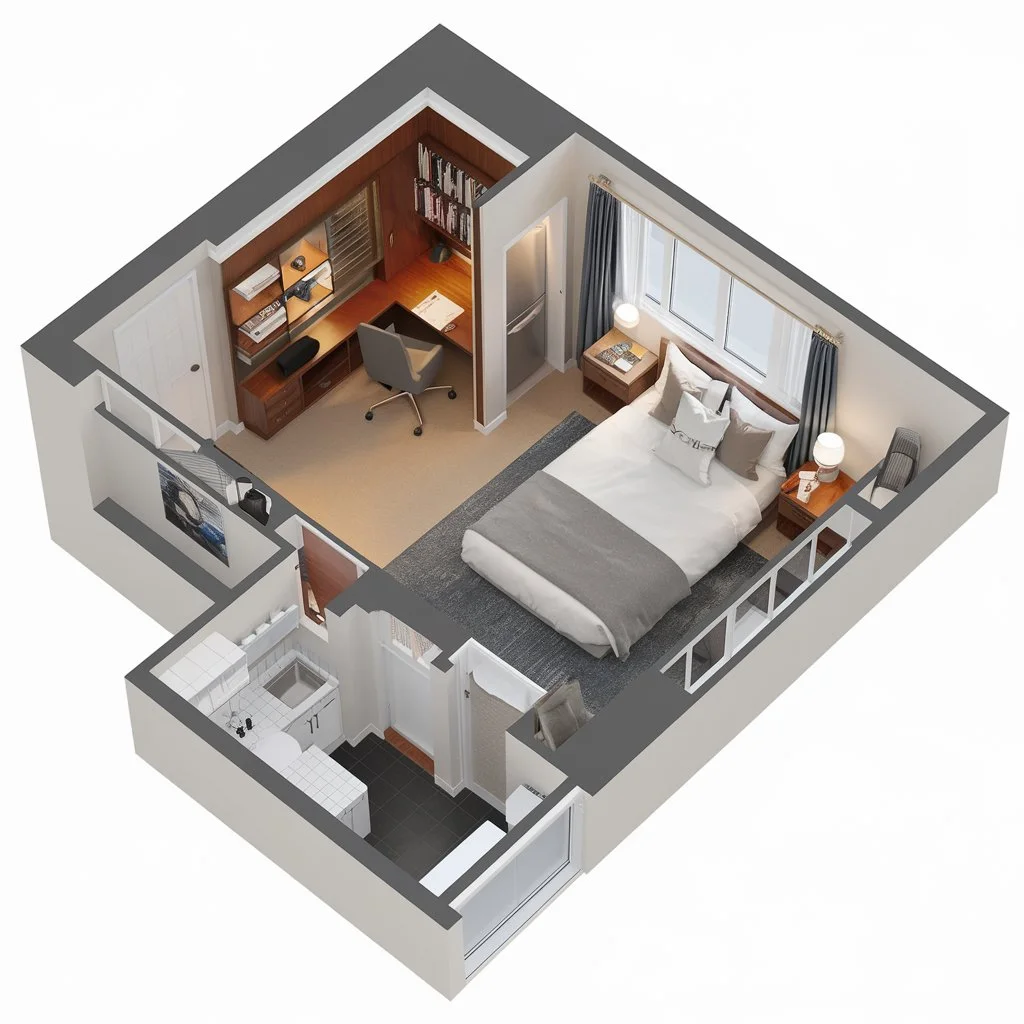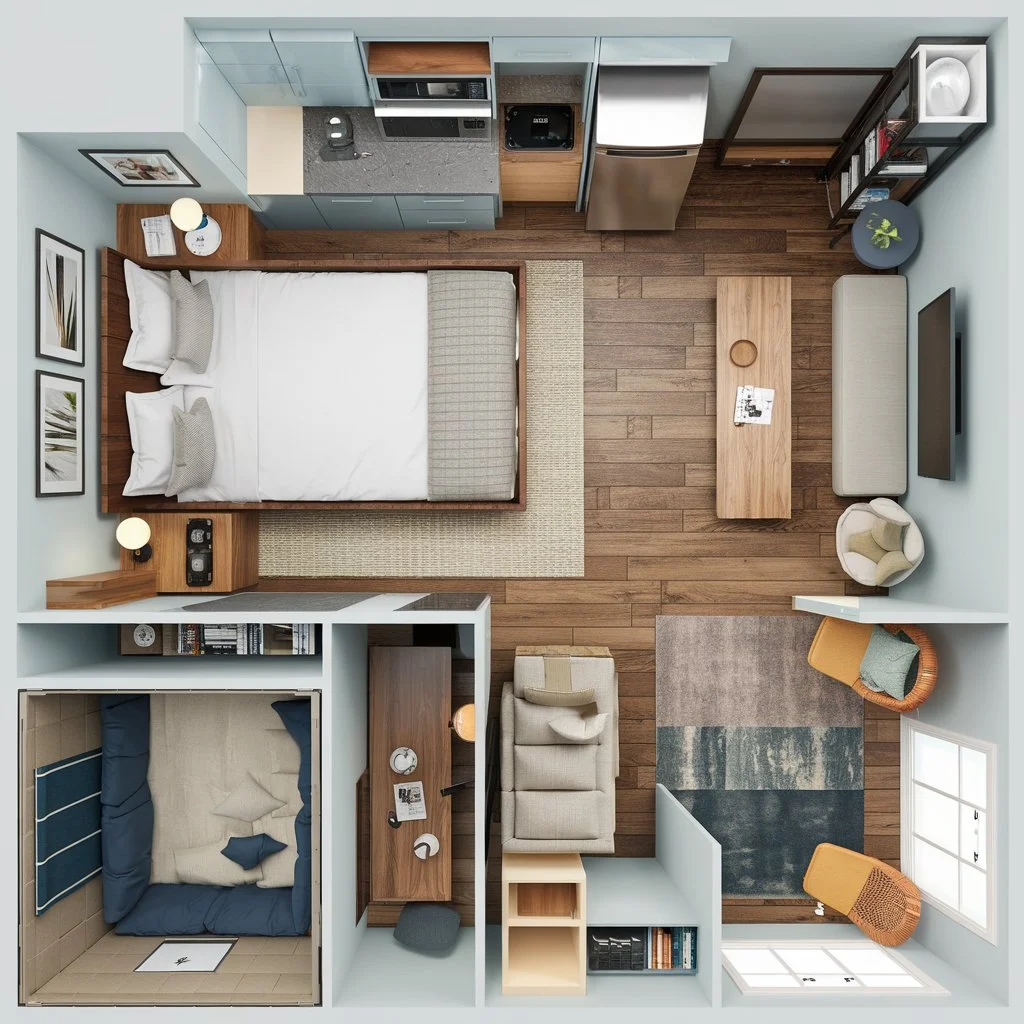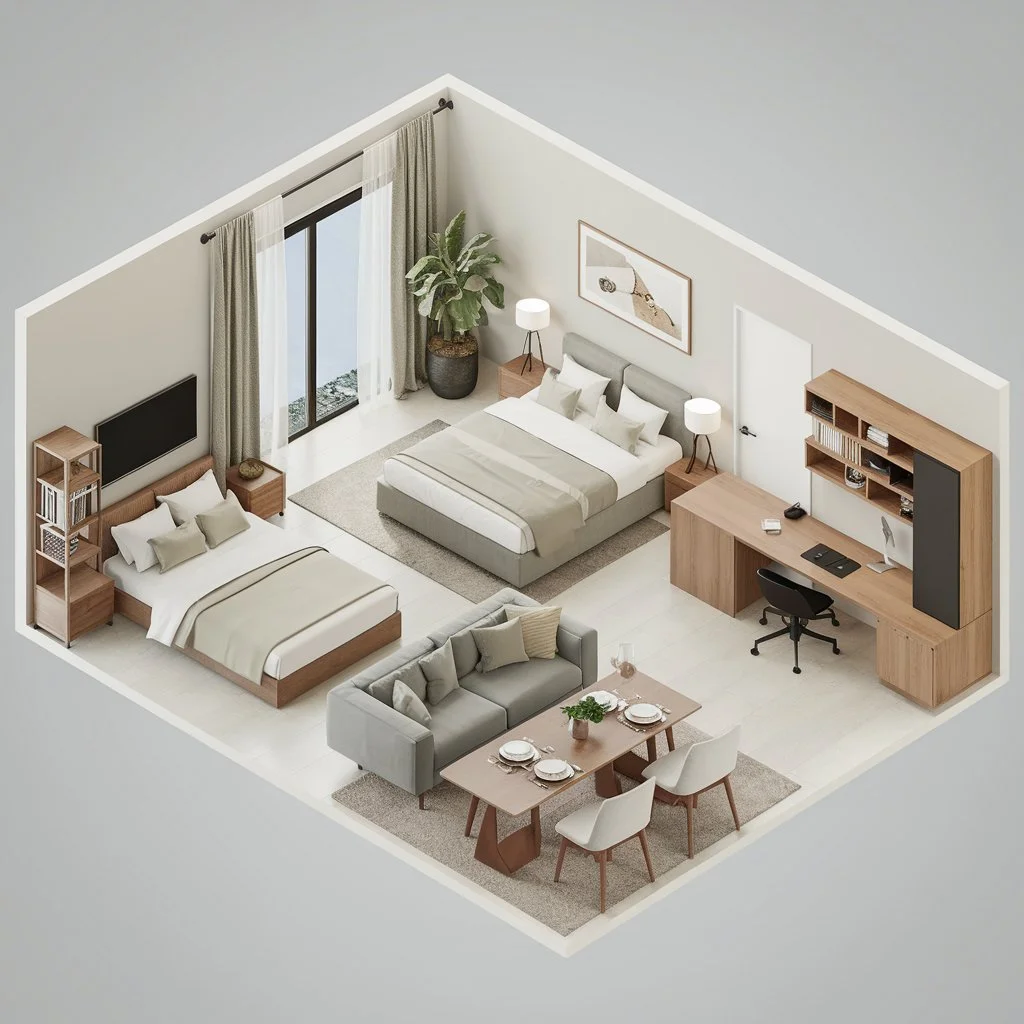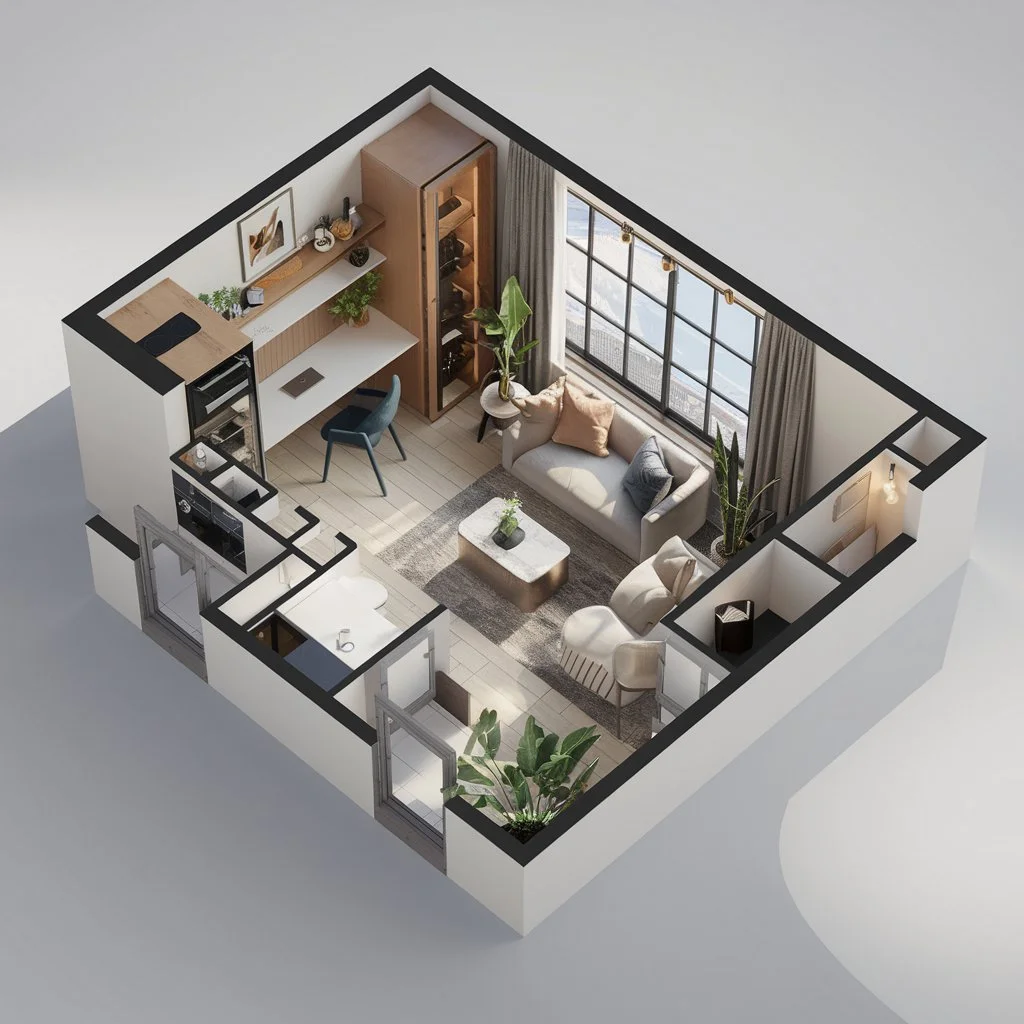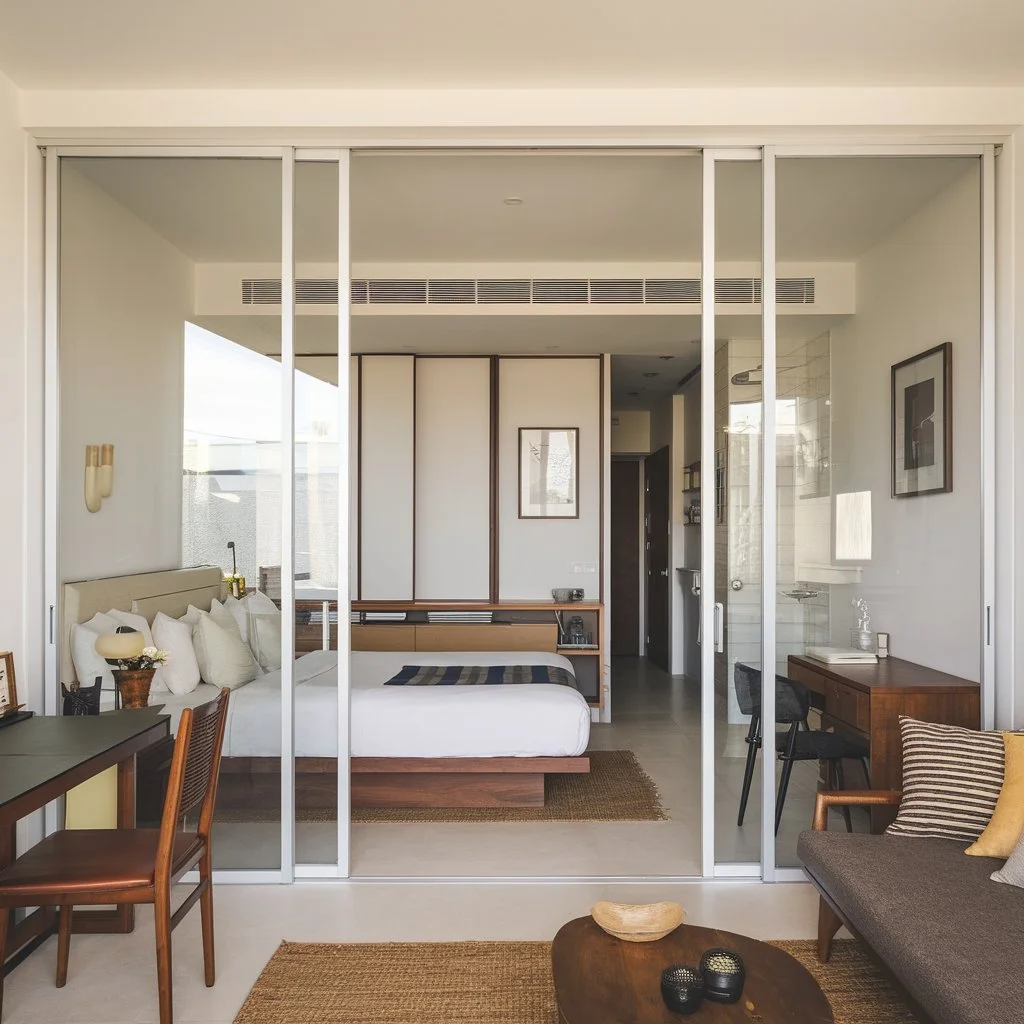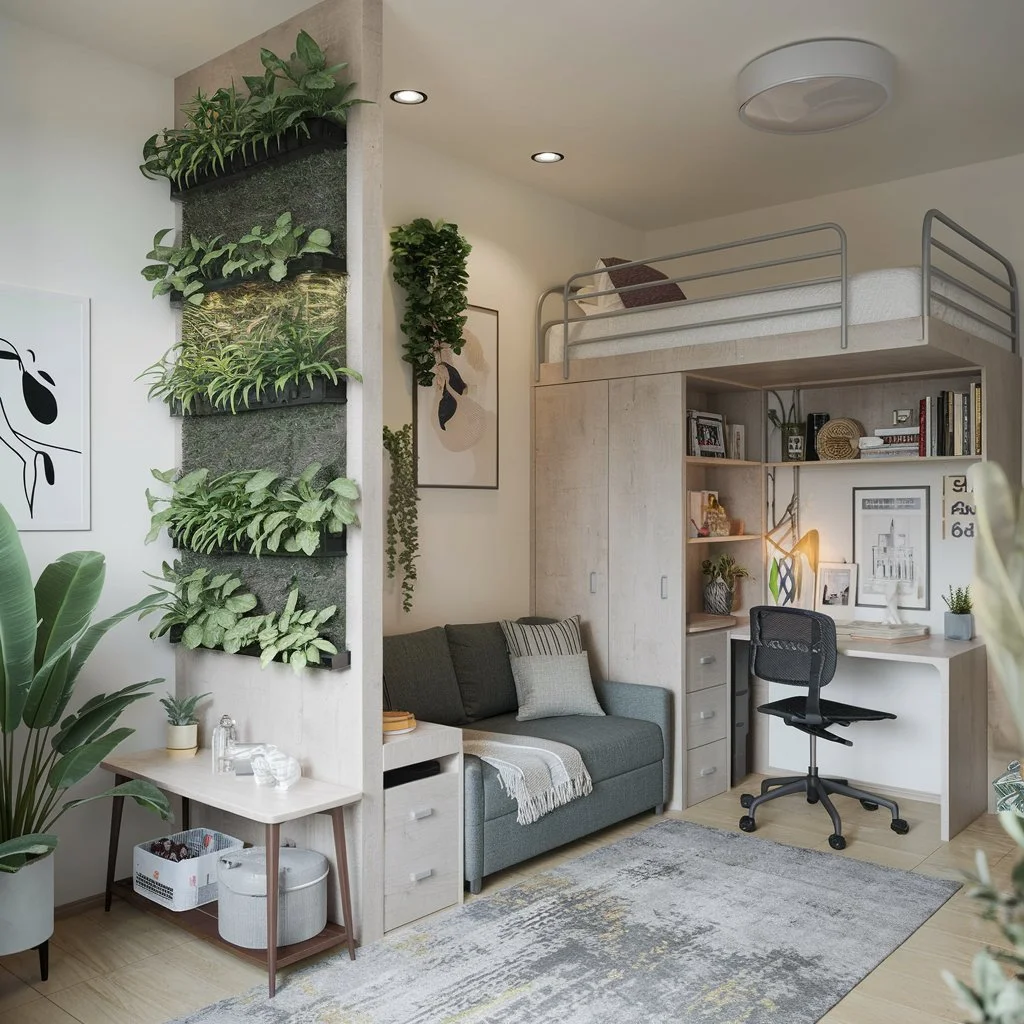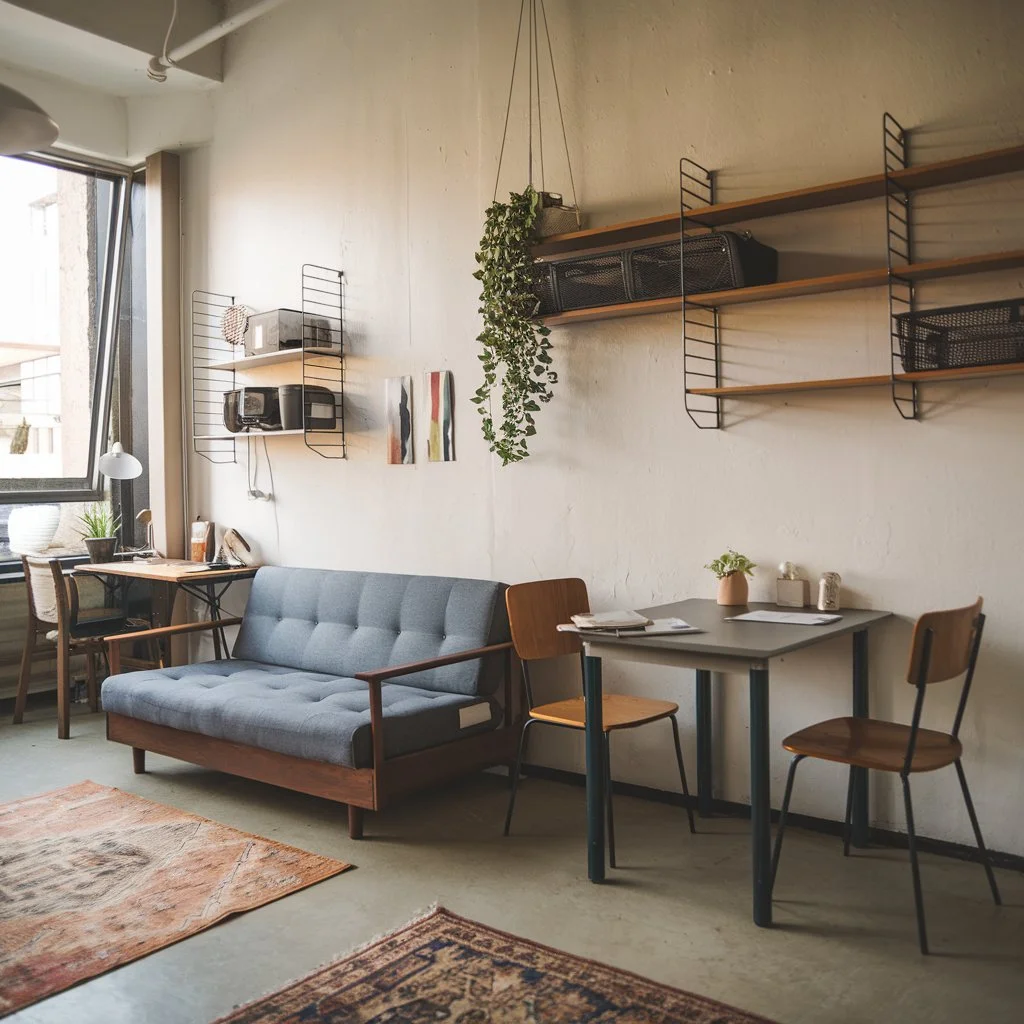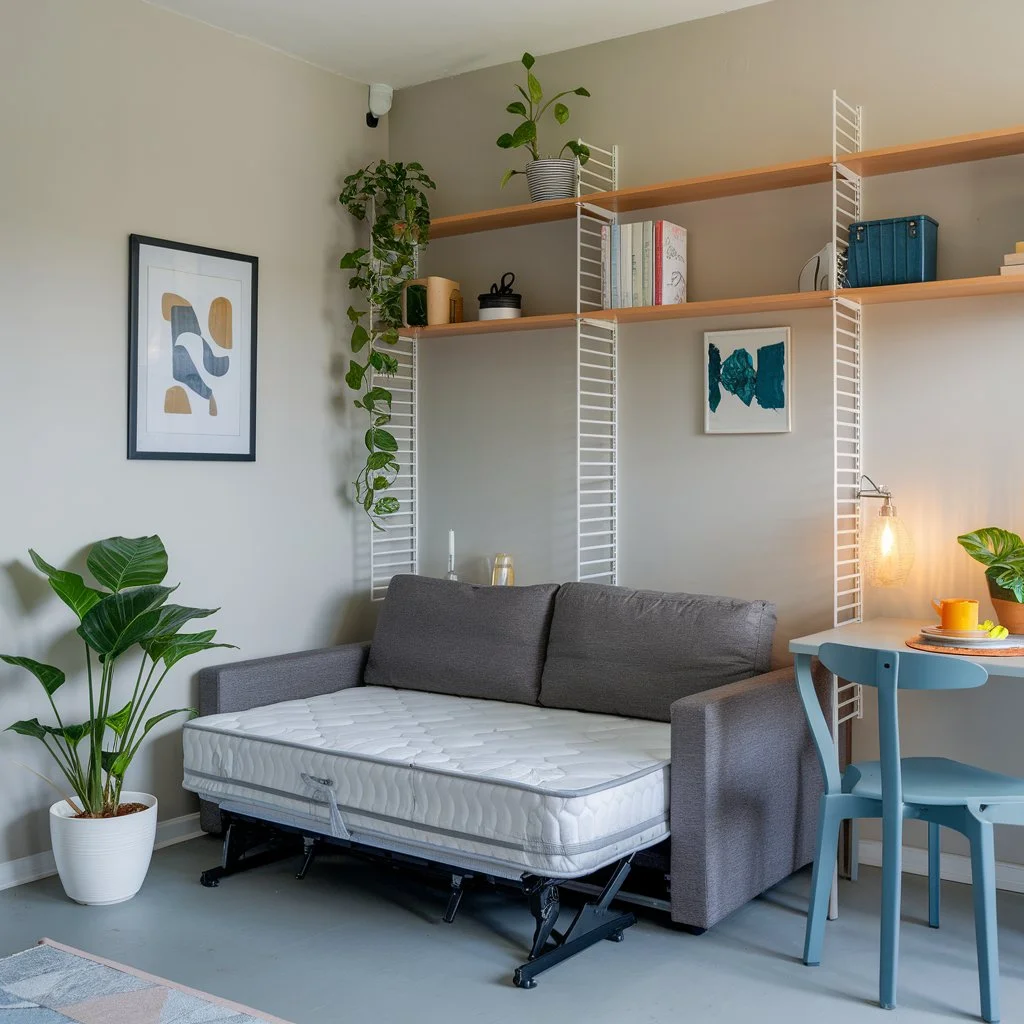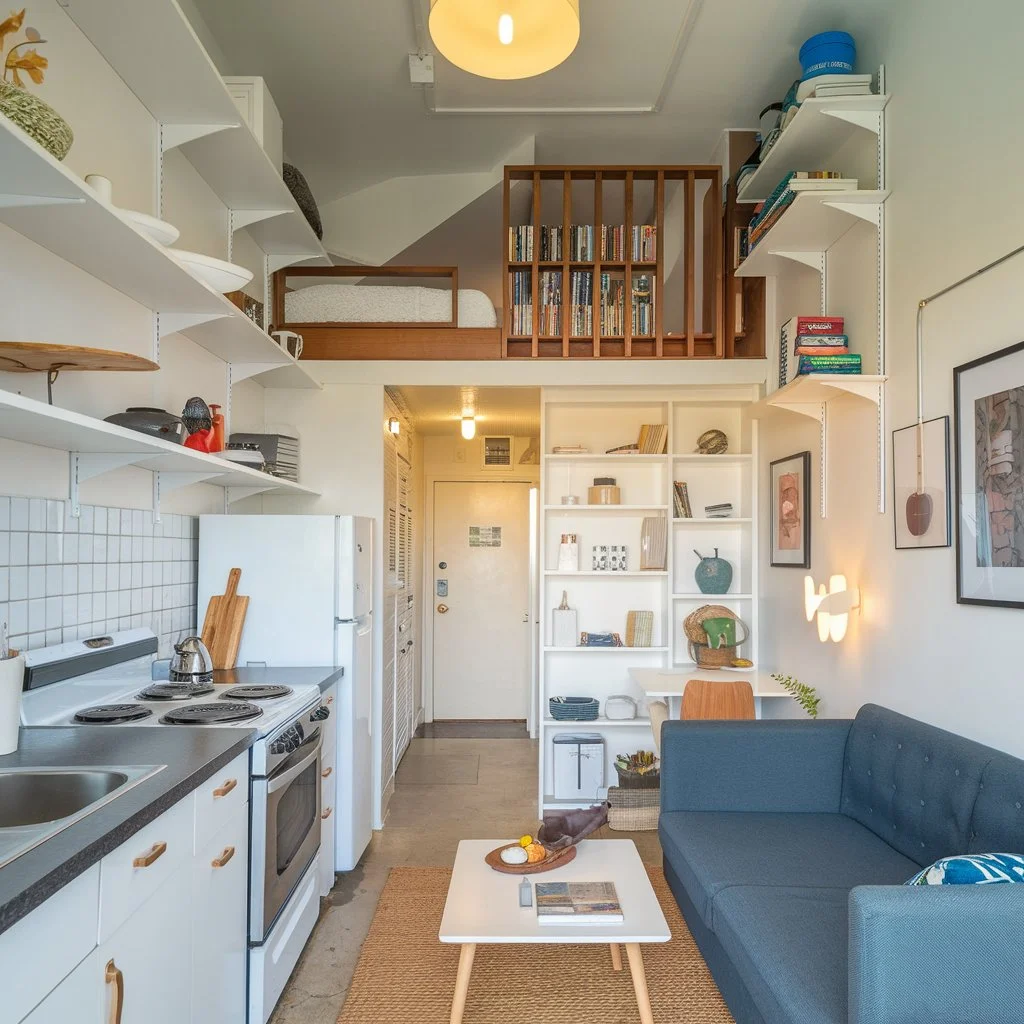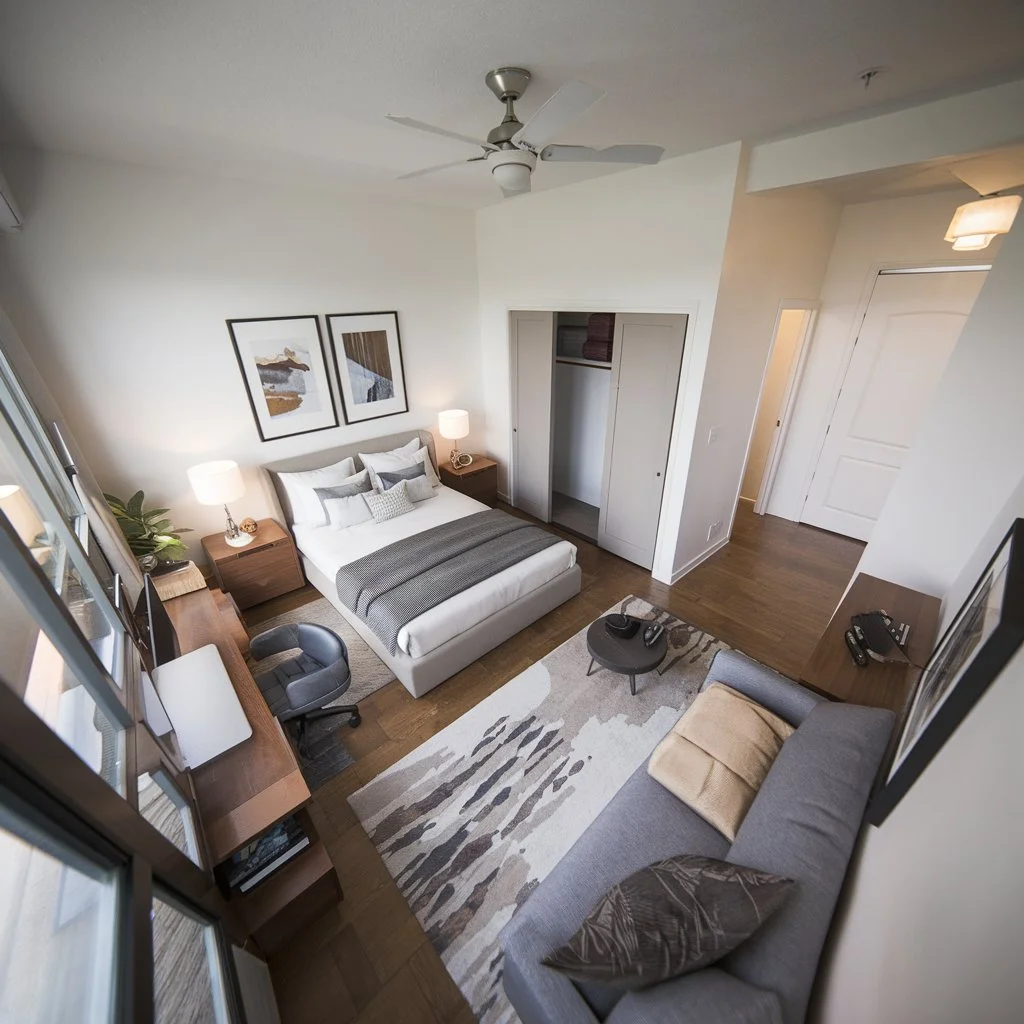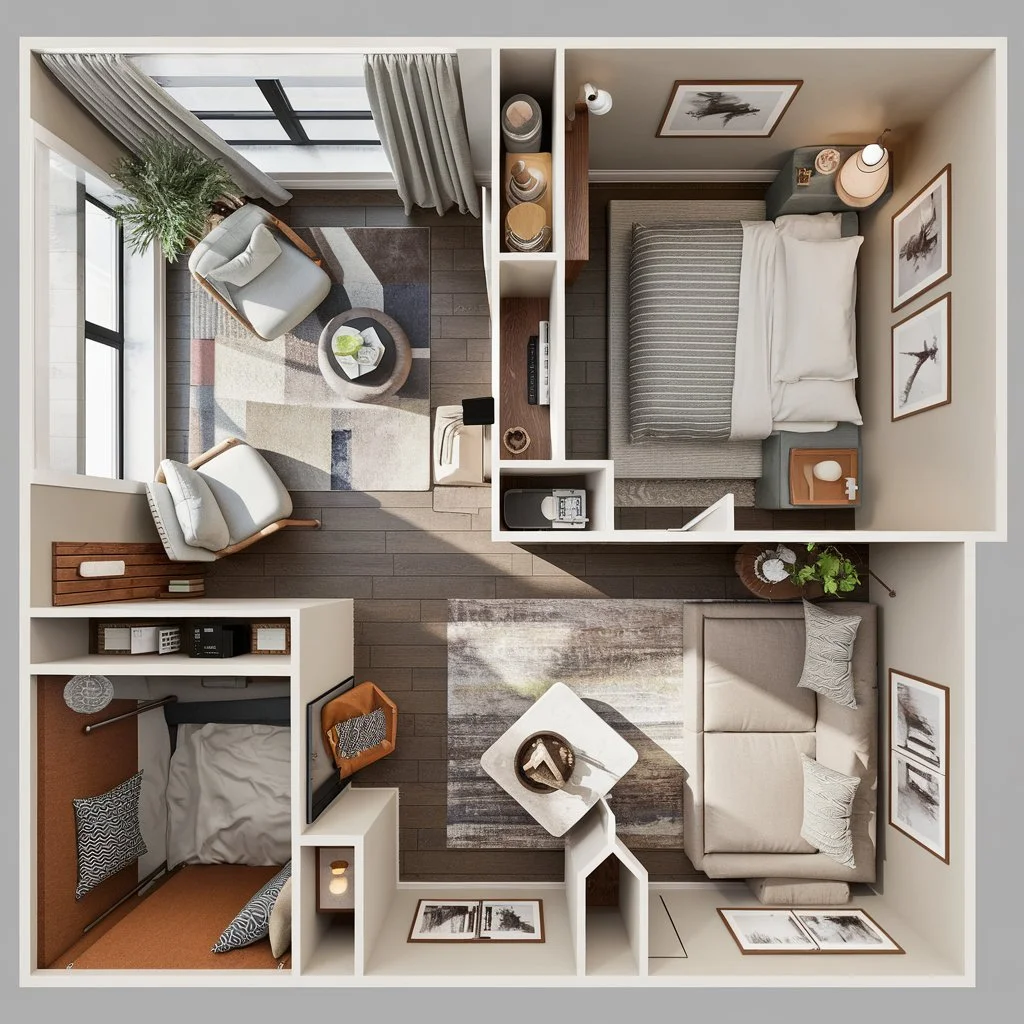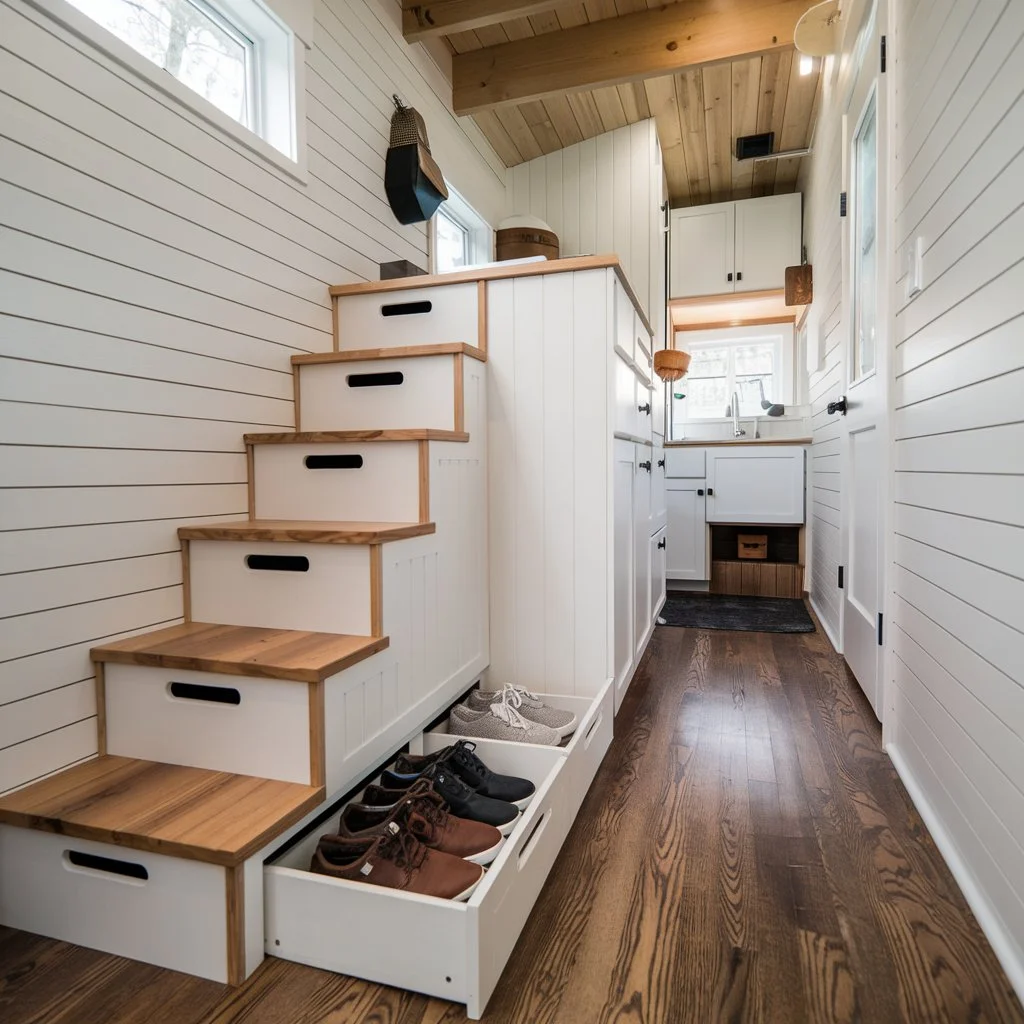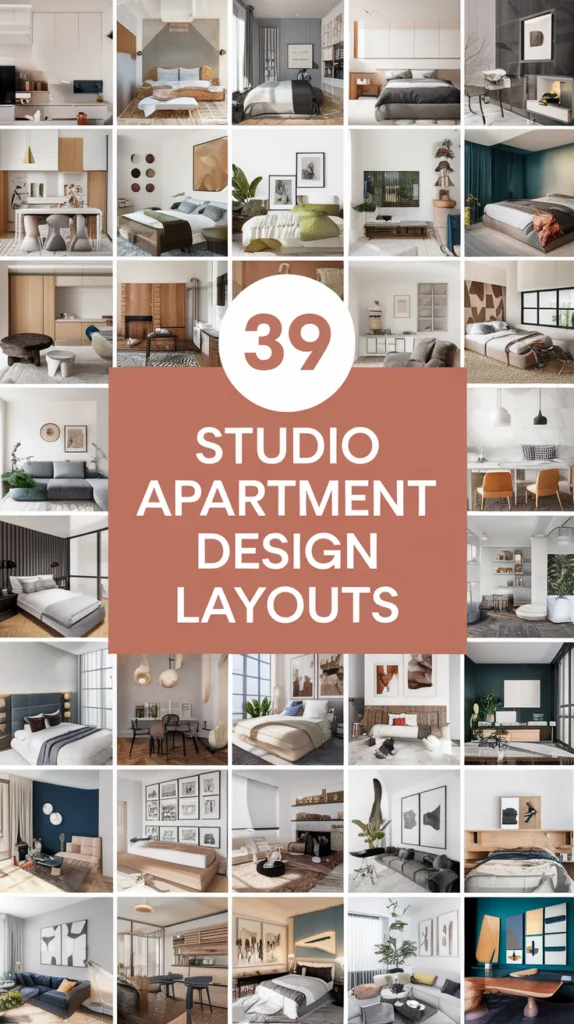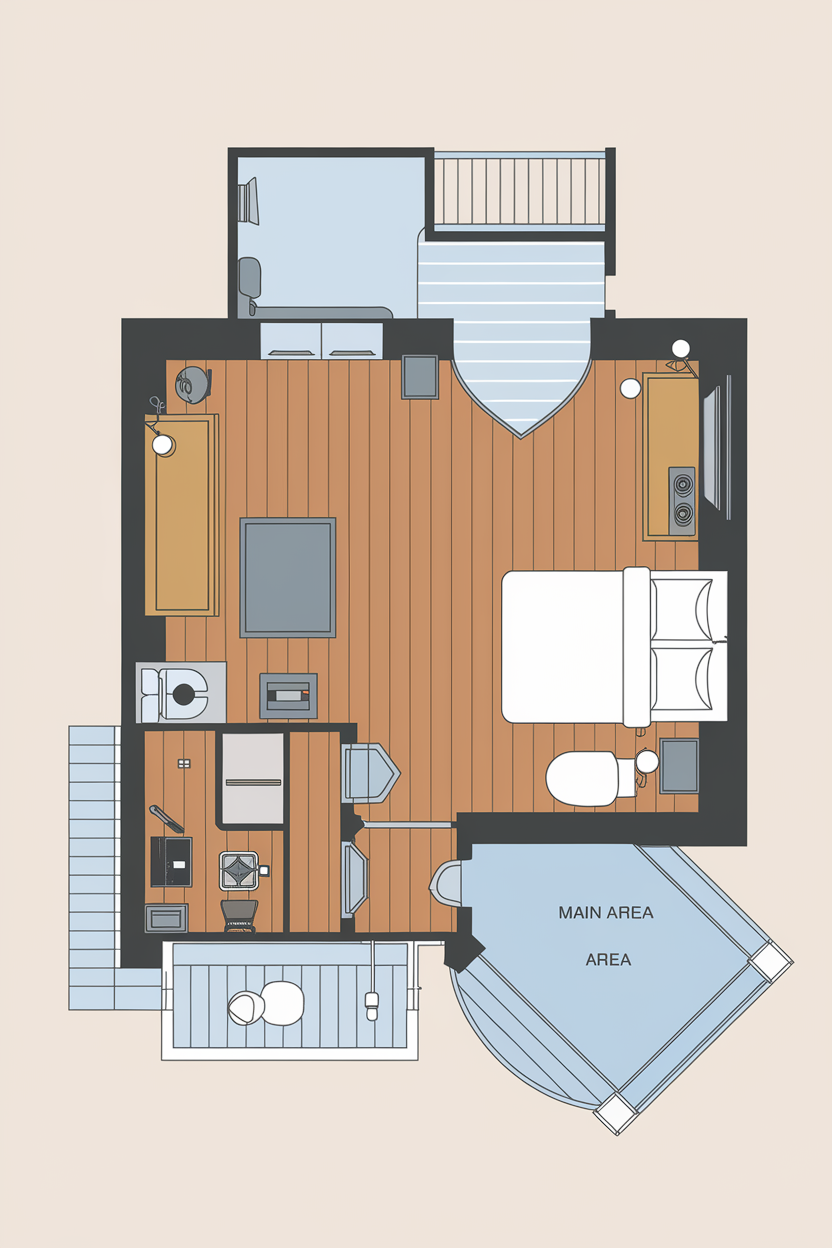17 Studio Apartment Design Layout Floor Plan Ideas
Maximizing Open Concept Living in Small Spaces


Living in a studio apartment is all about making the most of small spaces, transforming them into beautiful, functional homes.
From innovative layouts to clever storage solutions, the possibilities are endless for those who dare to dream big in small spaces.
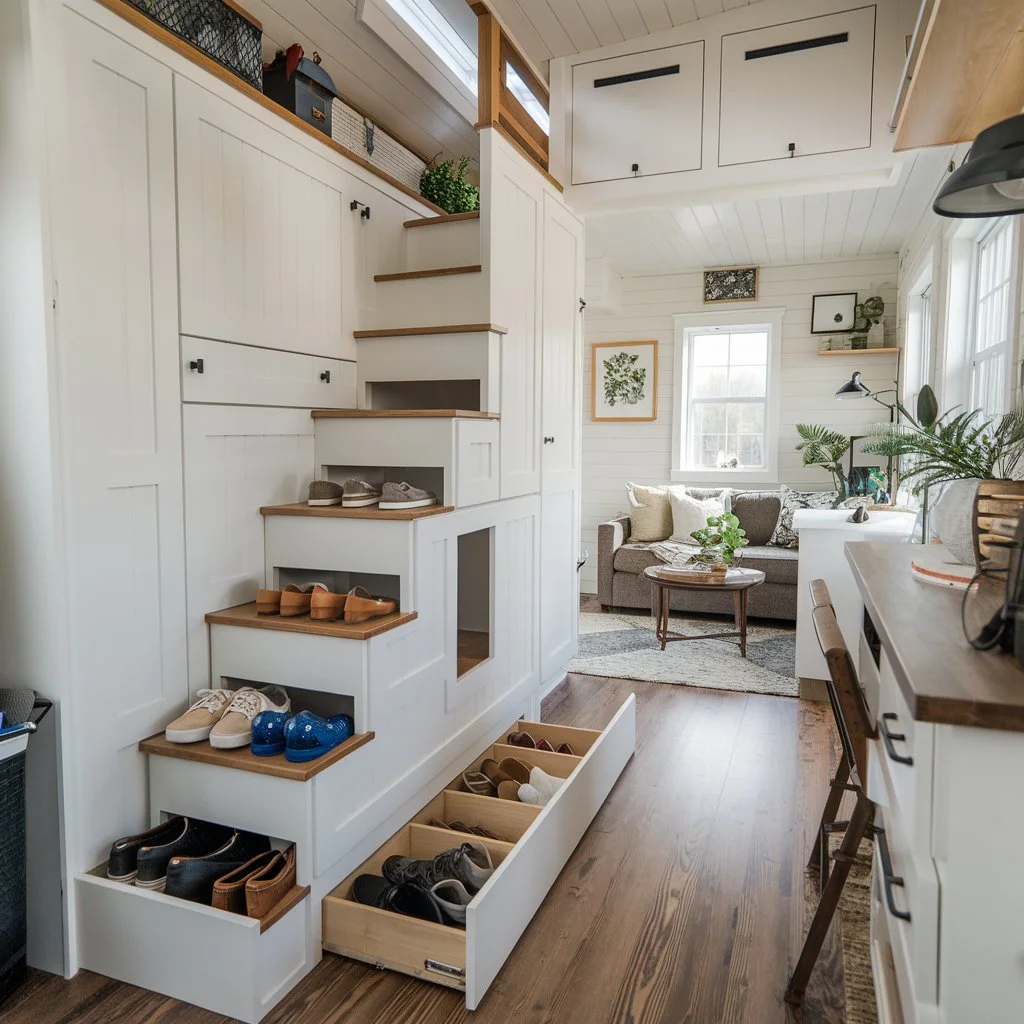
This article explores 39 captivating studio apartment design ideas that will inspire you to reimagine your living space.
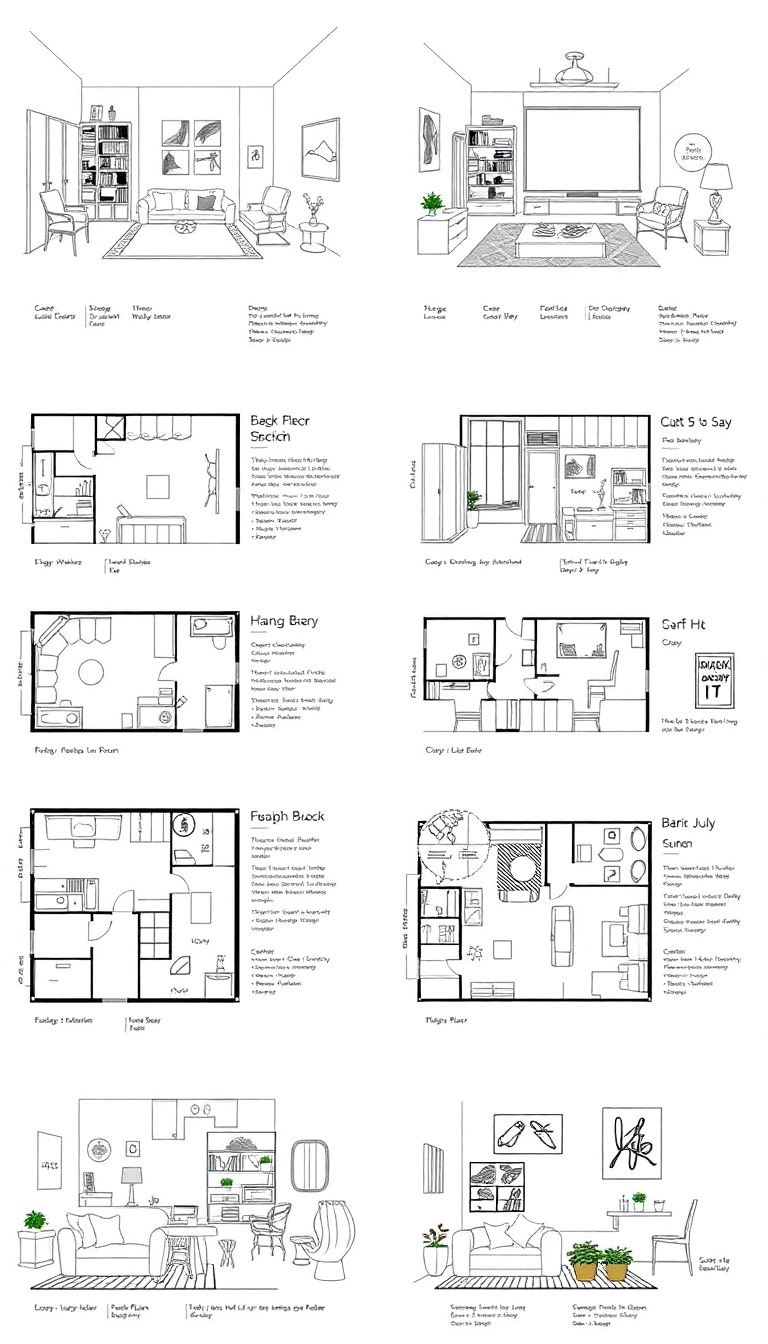
Whether you’re looking to maximize every inch or create a stunning aesthetic, these floor plan ideas cater to every need.
Open-Concept Living Area
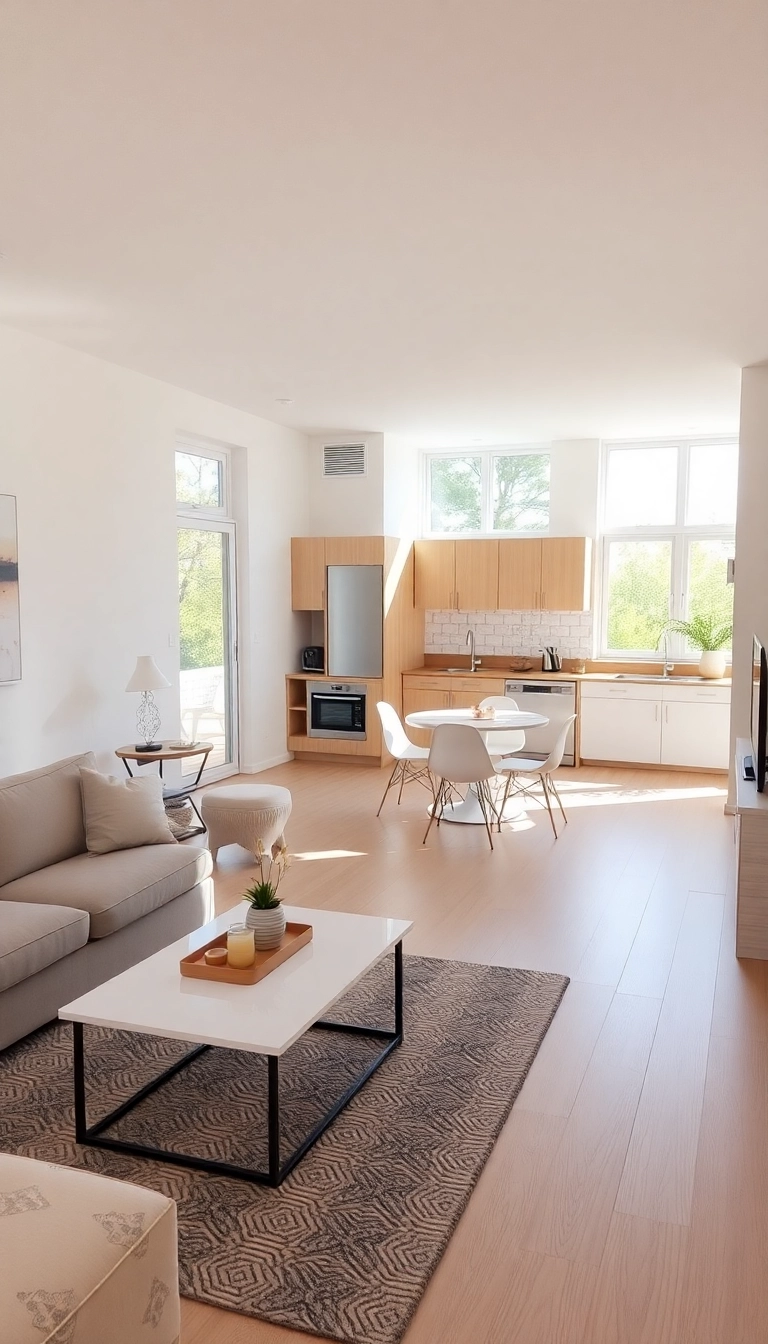
An open-concept design integrates the living room, dining area, and kitchen into one fluid space, creating a sense of spaciousness.
This layout is perfect for those who love to entertain, as it encourages social interaction and provides a seamless flow throughout the apartment.
Use light colors and minimalistic furniture to emphasize openness.
💥🎁 New Year & Easter Deals On Amazon !
Don't miss out on the best discounts and top-rated products available right now!
🛒 Shop Now and Save Big Today!*As an Amazon Associate, I earn from qualifying purchases.
Lofted Sleeping Area
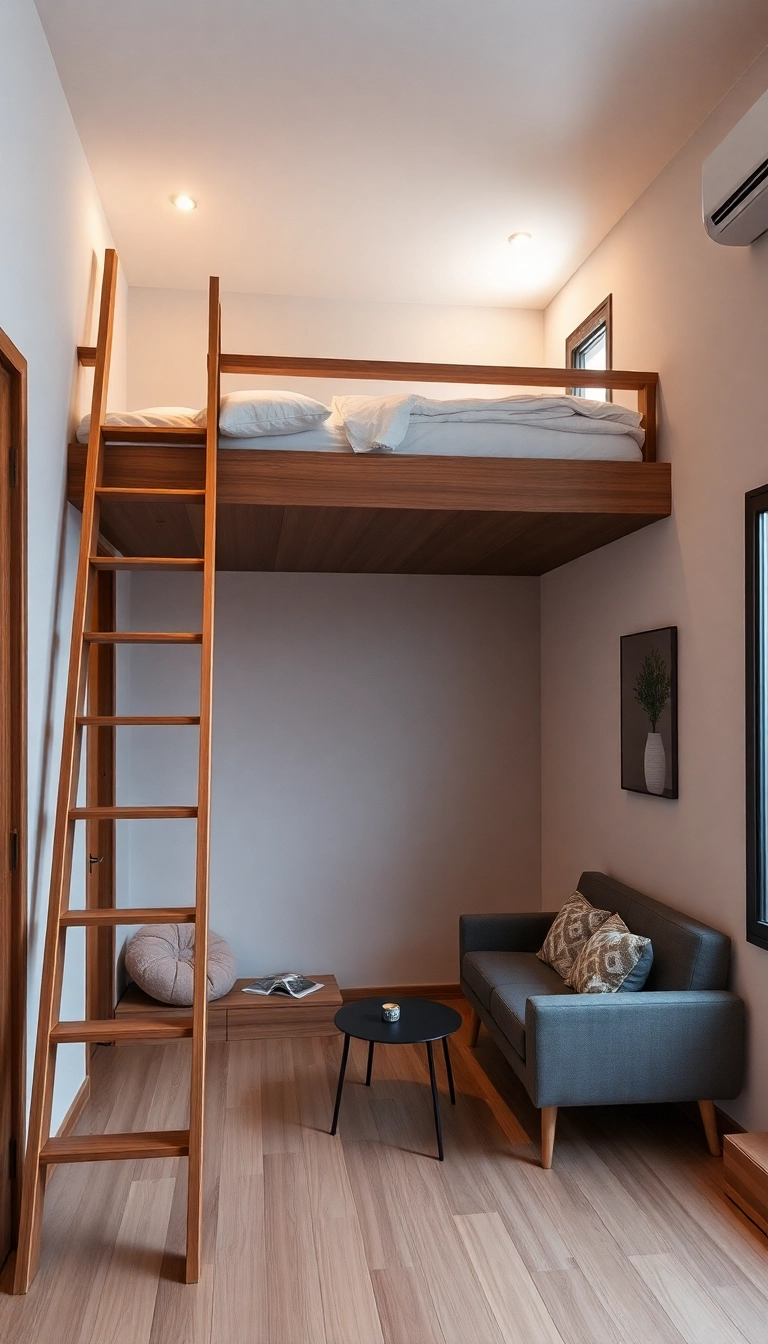
A lofted sleeping area elevates the bed above the main living space, freeing up valuable floor space for other uses.
This design is ideal for studio apartments with high ceilings, offering a cozy and private sleeping nook.
Adding a ladder or staircase enhances accessibility and can also serve as an aesthetic feature.
Murphy Bed Magic

A Murphy bed is a space-saving marvel, folding up into the wall when not in use.
This design maximizes floor space during the day, allowing for a flexible living area that can accommodate various activities. Choose a Murphy bed with built-in shelving for added storage.
Sliding Glass Partitions
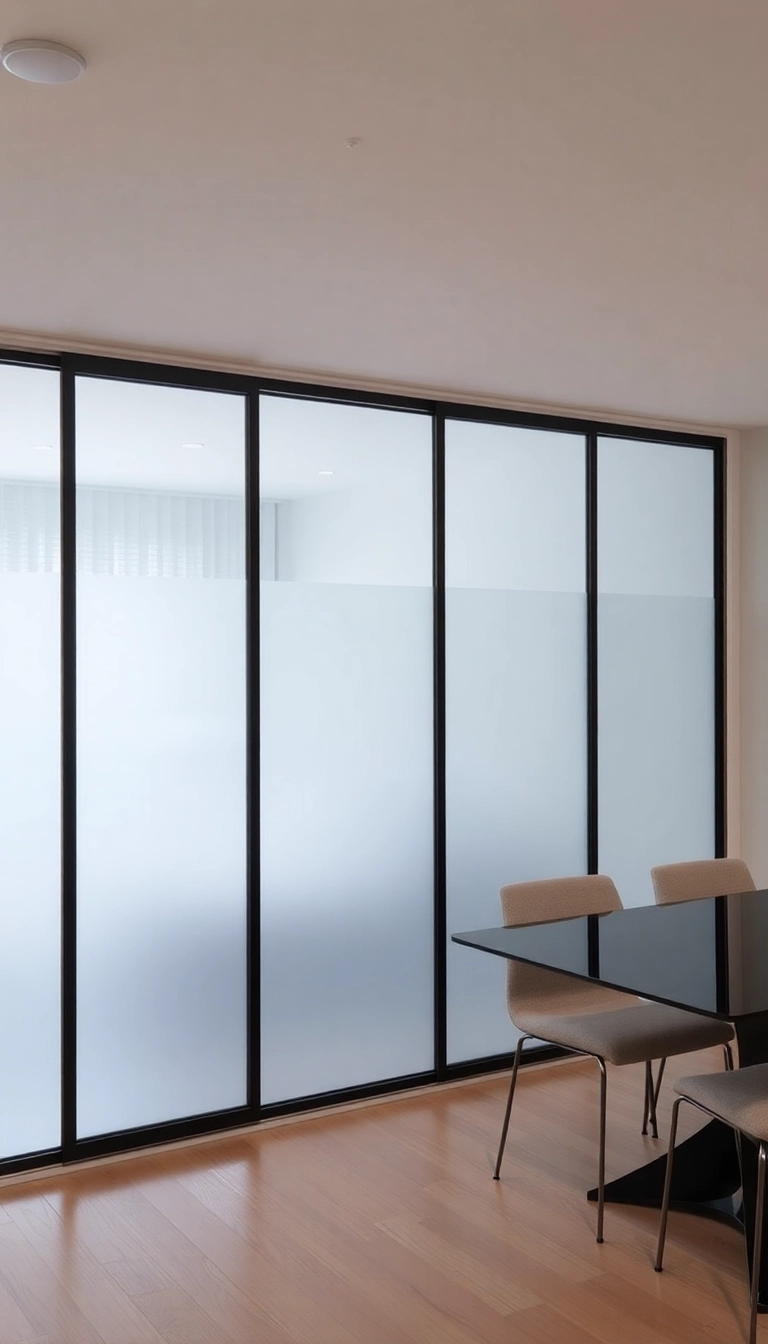
Sliding glass partitions are a stylish way to divide a studio apartment without sacrificing natural light.
These versatile panels can be used to separate the sleeping area from the living space, creating distinct zones while maintaining an open feel.
💥🎁 New Year & Easter Deals On Amazon !
Don't miss out on the best discounts and top-rated products available right now!
🛒 Shop Now and Save Big Today!*As an Amazon Associate, I earn from qualifying purchases.
Opt for frosted or textured glass for added privacy.
Raised Platform Bedroom
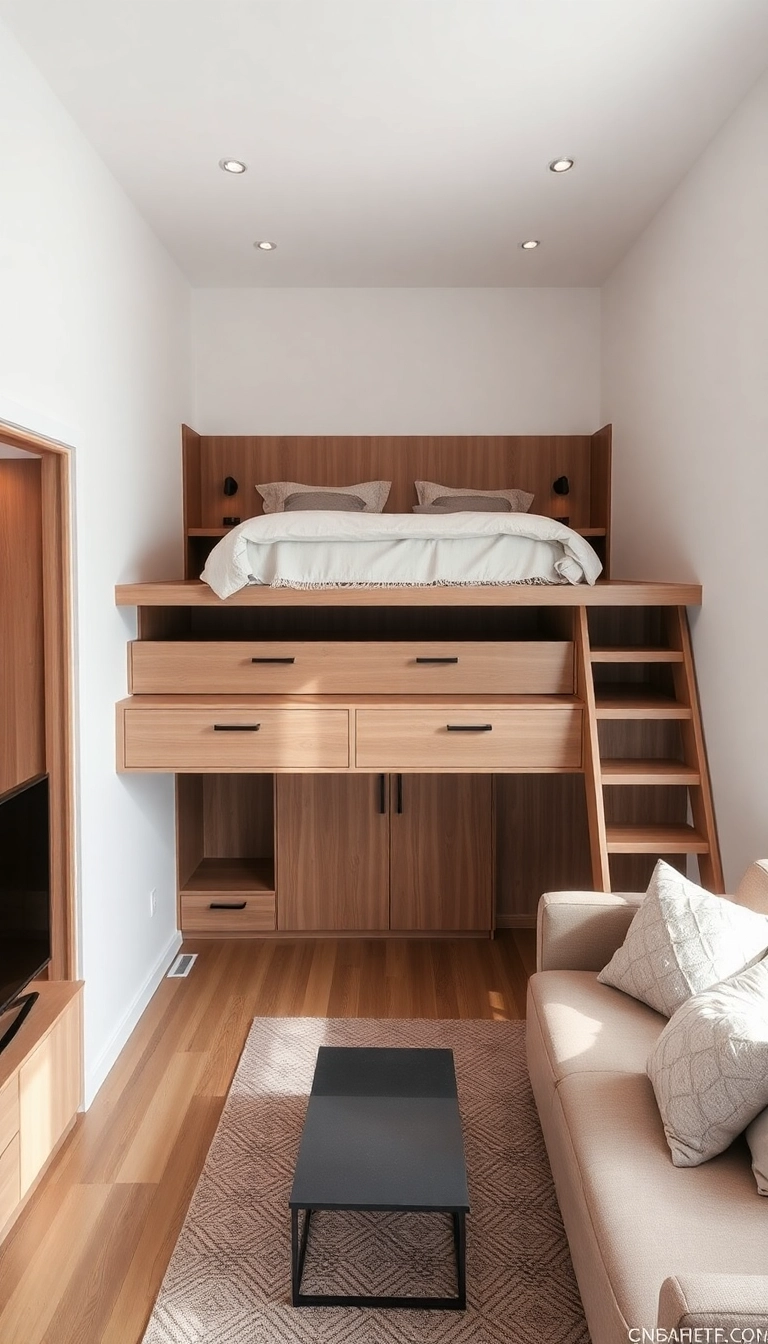
A raised platform creates a distinct bedroom area within a studio apartment, providing a sense of separation from the main living space.
This design can include built-in storage drawers beneath the platform, maximizing space efficiency. Use curtains or a room divider for additional privacy if desired.
Foldable Furniture
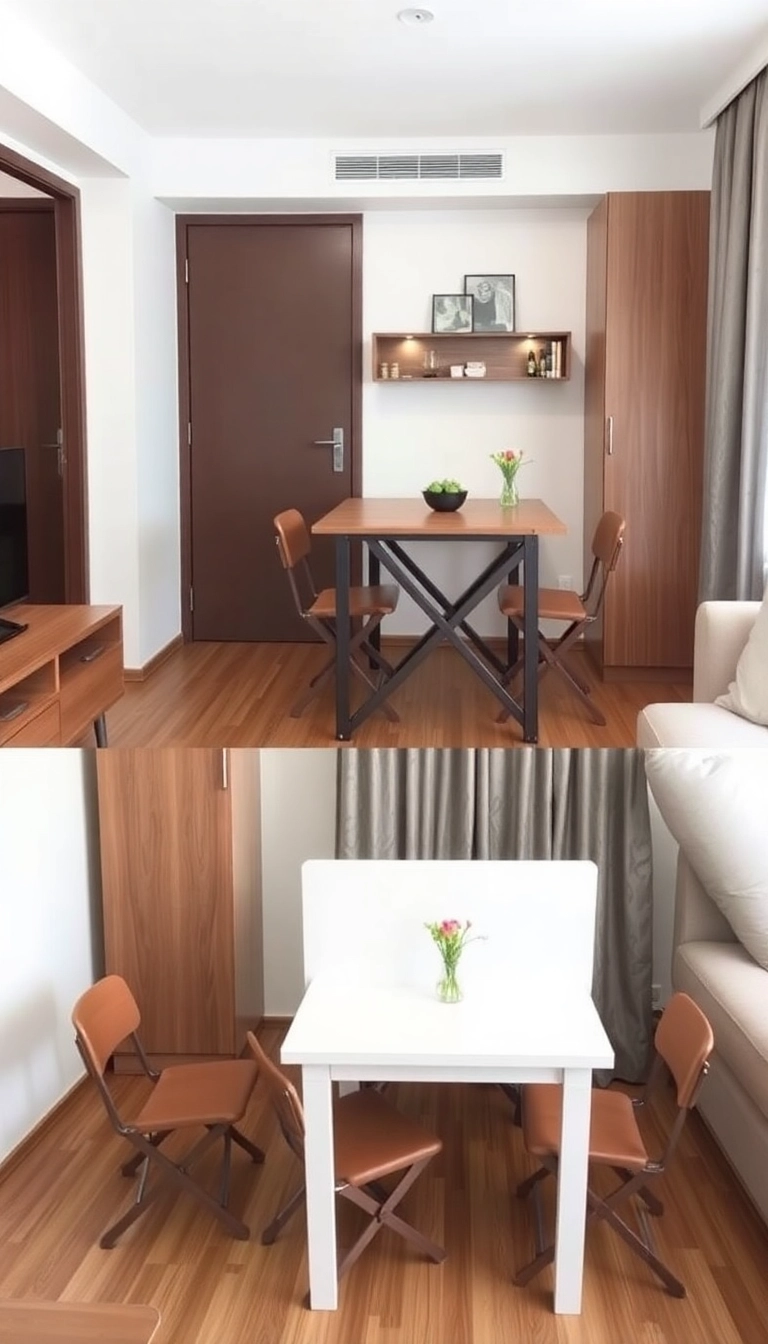
Foldable furniture is a practical solution for studio apartments, allowing you to adapt the space for different activities.
Consider foldable tables, chairs, and desks that can be easily stored away when not in use. This approach keeps the apartment clutter-free and versatile.
Multi-Functional Furniture
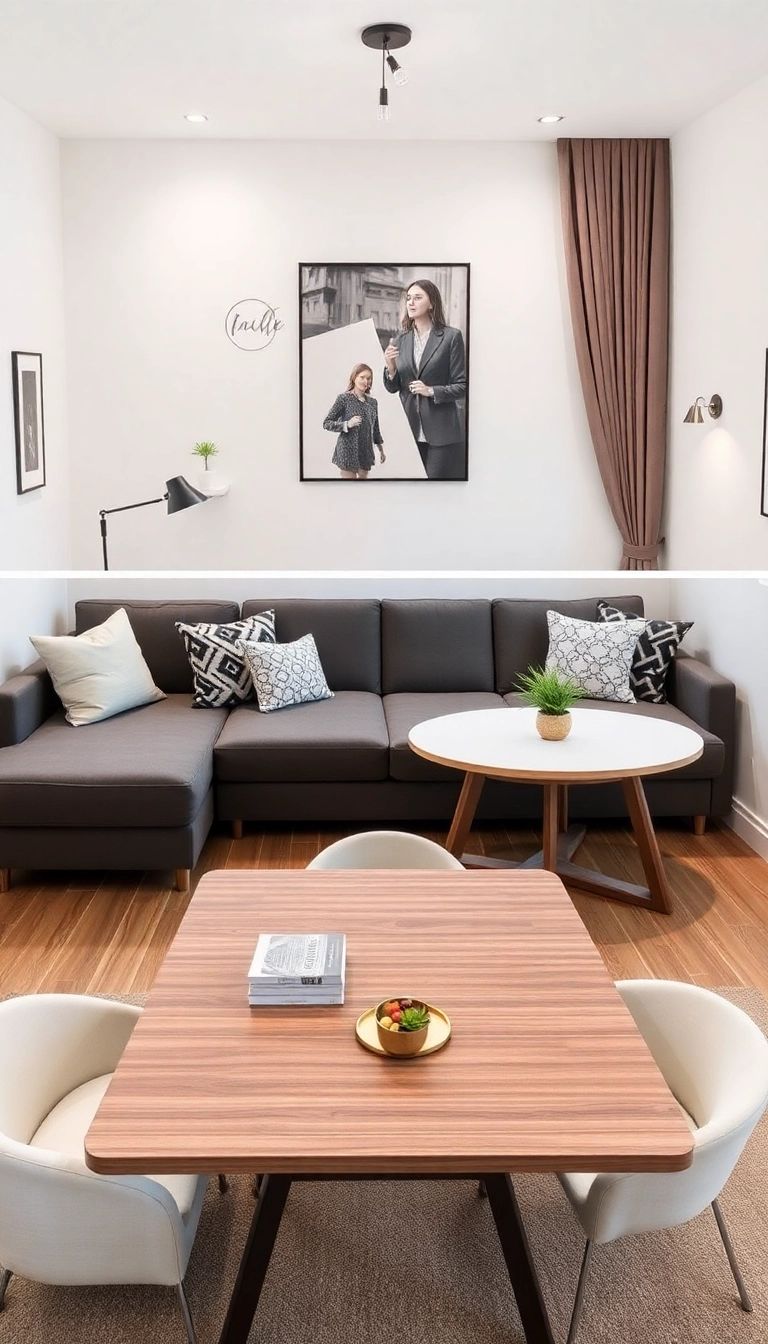
Investing in multi-functional furniture is a game-changer for studio apartment living. Pieces like sofa beds, ottomans with storage, and expandable dining tables offer versatility and save space.
These designs are perfect for those who want to maximize functionality without compromising on style.
💥🎁 New Year & Easter Deals On Amazon !
Don't miss out on the best discounts and top-rated products available right now!
🛒 Shop Now and Save Big Today!*As an Amazon Associate, I earn from qualifying purchases.
Built-In Storage Solutions
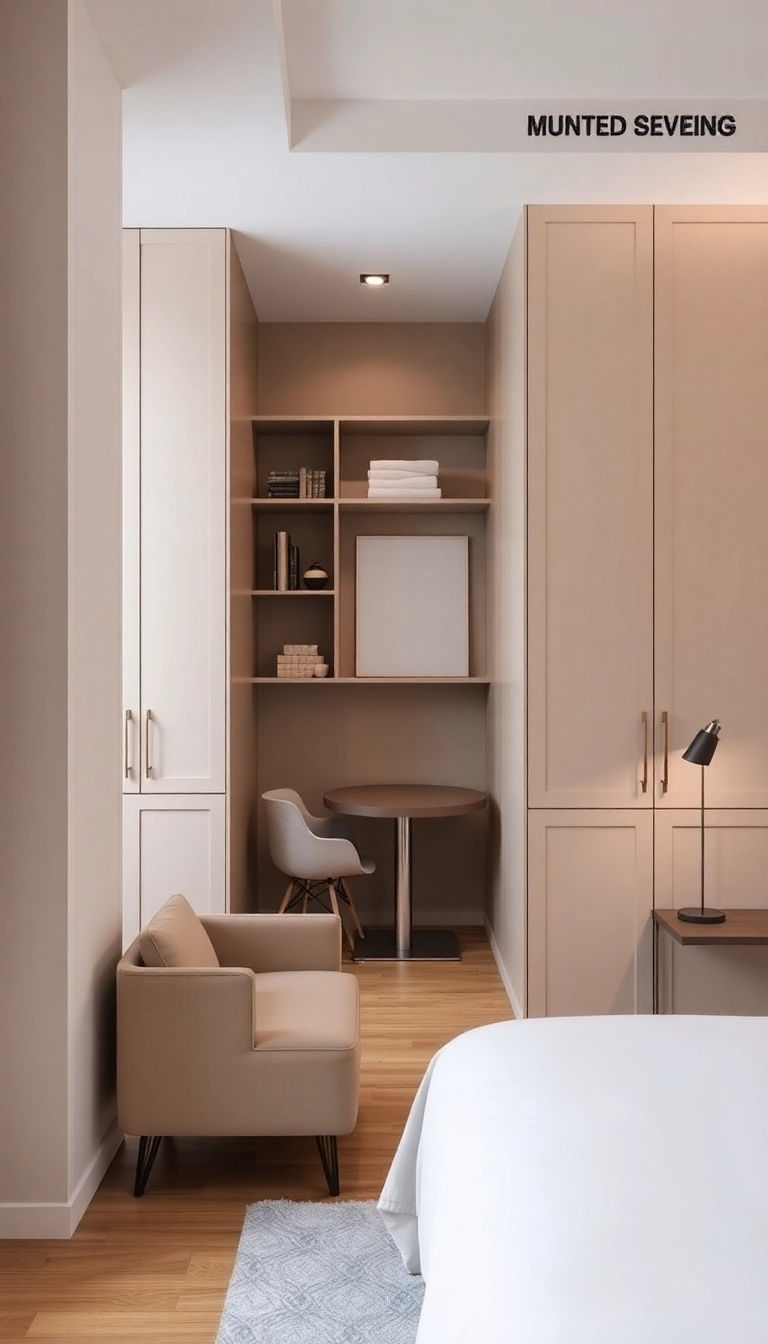
Maximize every inch of your studio apartment with built-in storage solutions. Consider custom cabinetry, shelving, and under-bed storage to keep belongings organized and out of sight.
This approach helps maintain a clutter-free environment and enhances the apartment’s overall aesthetic.
Vertical Storage Hacks
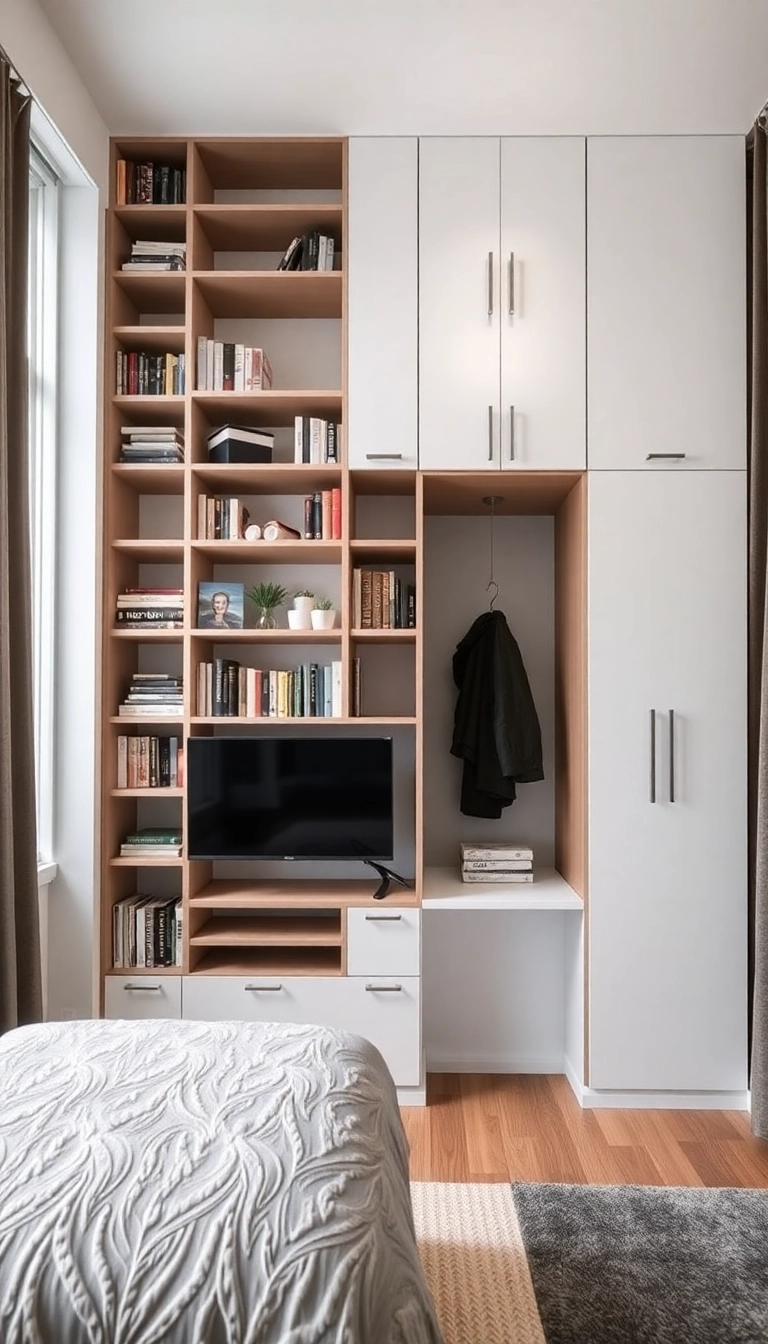
Utilizing vertical space is essential in a studio apartment. Install tall bookshelves, hanging racks, and wall-mounted cabinets to store items off the floor.
This strategy not only creates more room but also draws the eye upward, giving the illusion of a larger space.
Creative Use of Color

Color can transform a studio apartment, making it feel larger and more inviting. Opt for light, neutral hues to enhance the sense of space, or use bold accents to add personality and depth.
Consider painting an accent wall or incorporating colorful decor elements.
Mirrored Walls
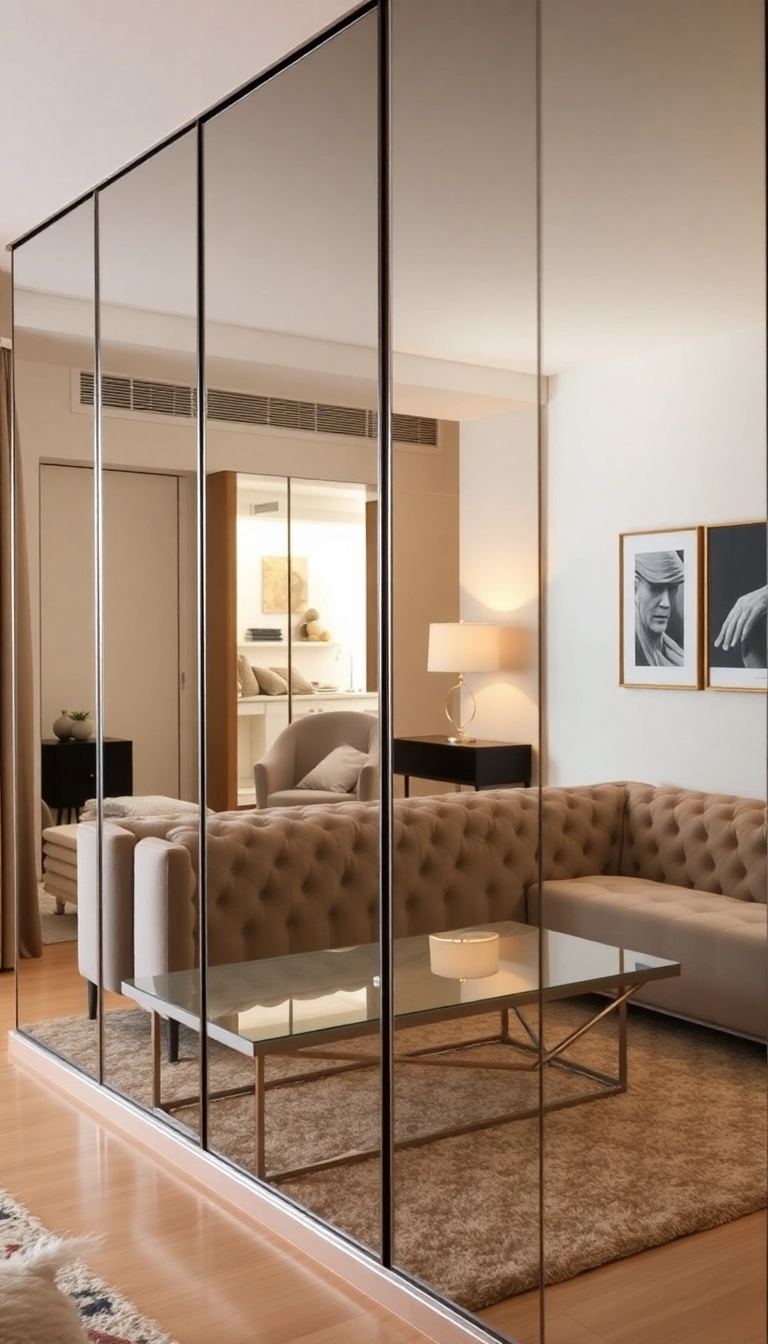
💥🎁 New Year & Easter Deals On Amazon !
Don't miss out on the best discounts and top-rated products available right now!
🛒 Shop Now and Save Big Today!*As an Amazon Associate, I earn from qualifying purchases.
Mirrored walls are a classic trick for making small spaces appear larger. Installing a large mirror or using reflective surfaces can bounce light around the room and create the illusion of depth.
This design choice adds an element of sophistication and elegance to any studio apartment.
Minimalist Design Approach
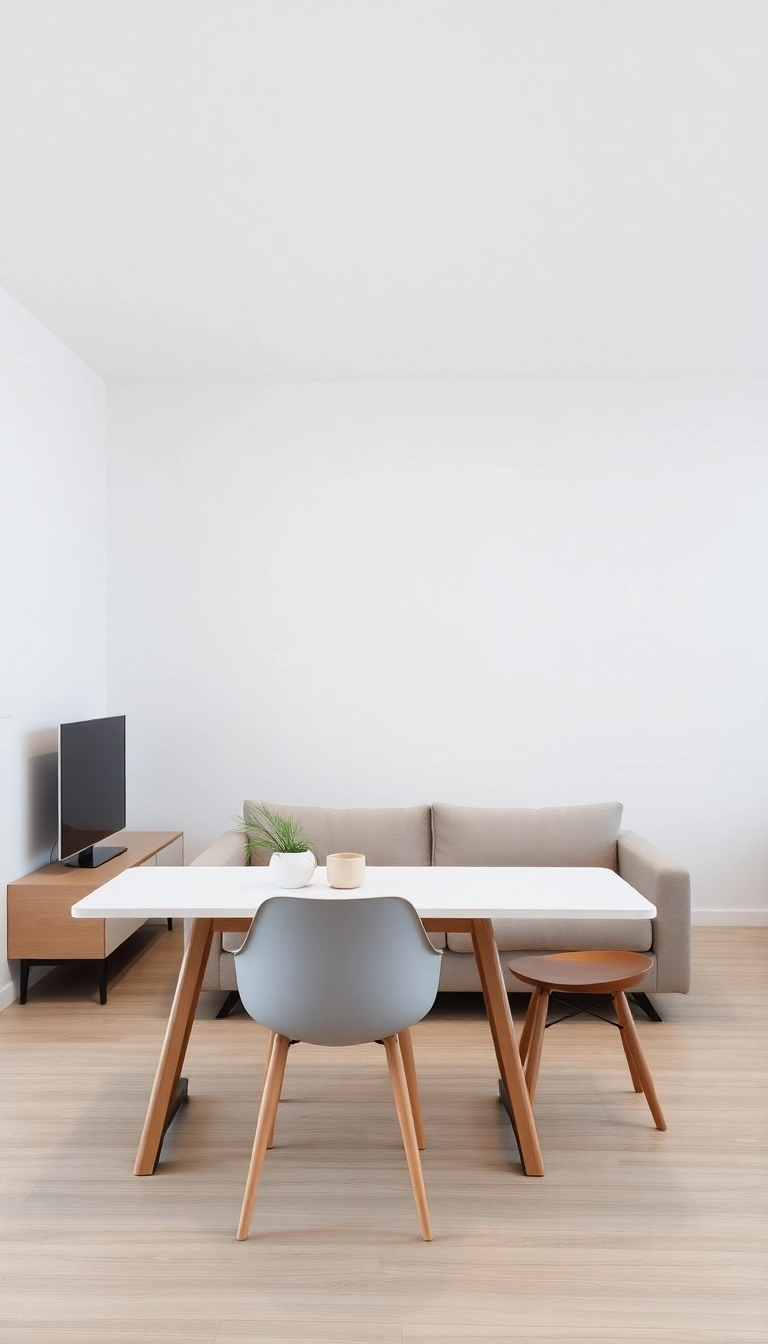
A minimalist design approach emphasizes simplicity and functionality, making it ideal for studio apartments.
Choose clean lines, uncluttered surfaces, and a neutral color palette to create a serene and spacious environment.
This style is perfect for those who value a calm and uncluttered living space.
Industrial Chic Design
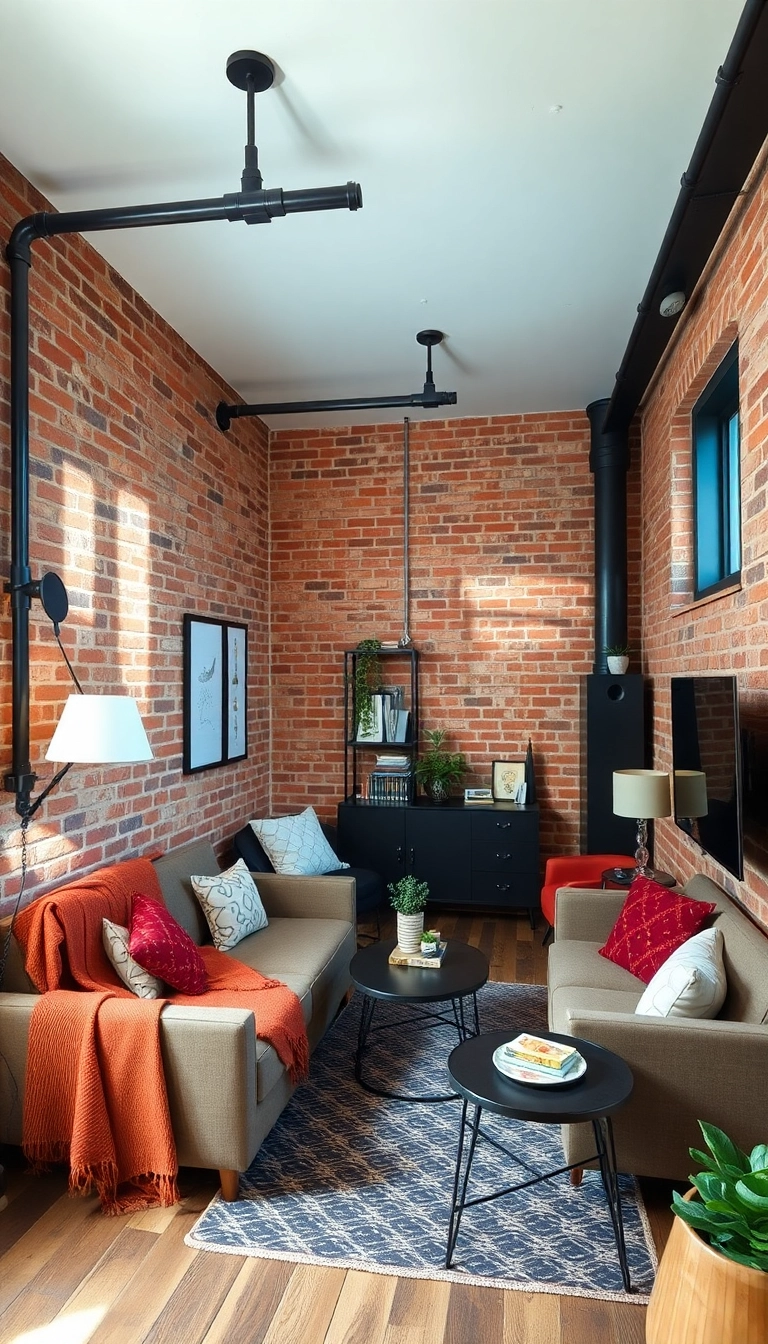
Industrial chic design incorporates raw materials, such as exposed brick, metal, and wood, to create a trendy and edgy look.
This style works well in studio apartments, adding character and visual interest. Balance the industrial elements with soft textiles and warm lighting for a cozy feel.
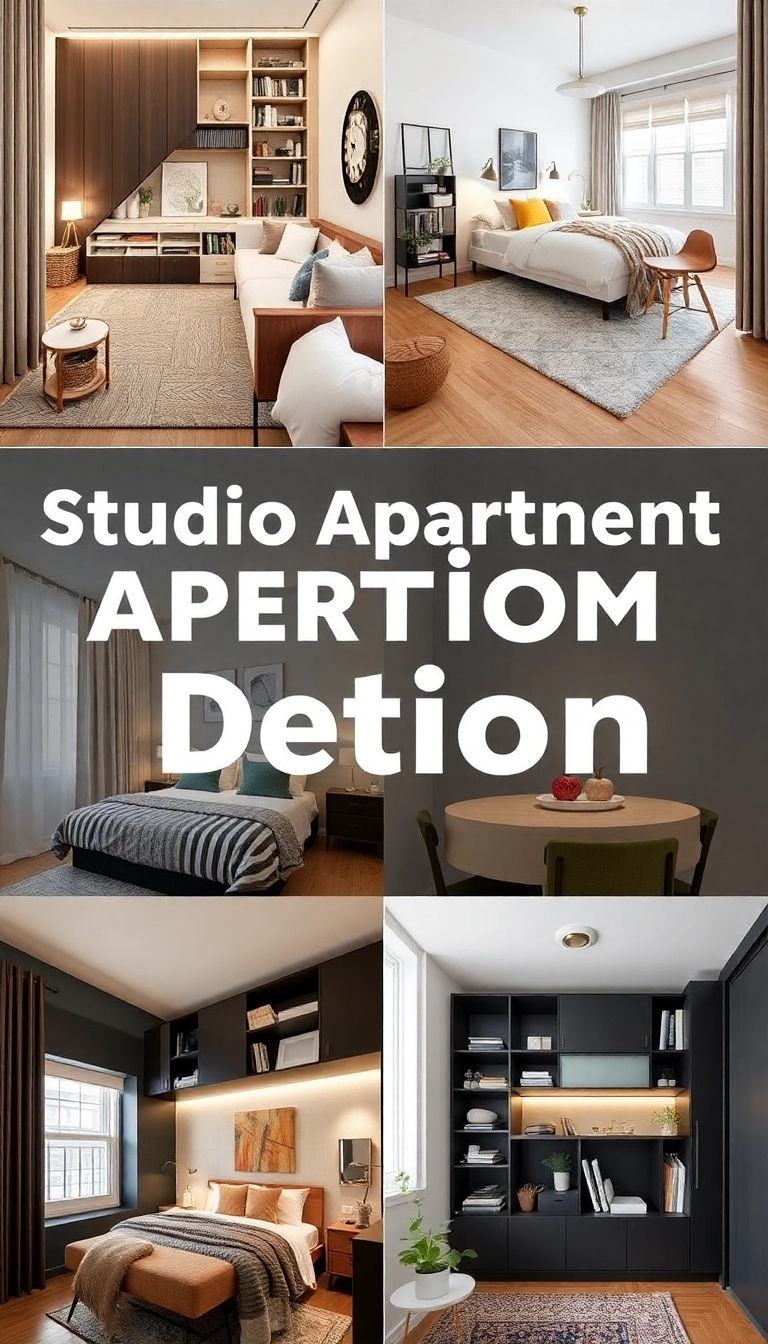
💥🎁 New Year & Easter Deals On Amazon !
Don't miss out on the best discounts and top-rated products available right now!
🛒 Shop Now and Save Big Today!*As an Amazon Associate, I earn from qualifying purchases.
Divided Living and Sleeping Areas
Utilizing a bookshelf or a fabric divider can separate your sleeping area from the living space. This not only creates a visual boundary but also adds a decorative touch to the overall design.
